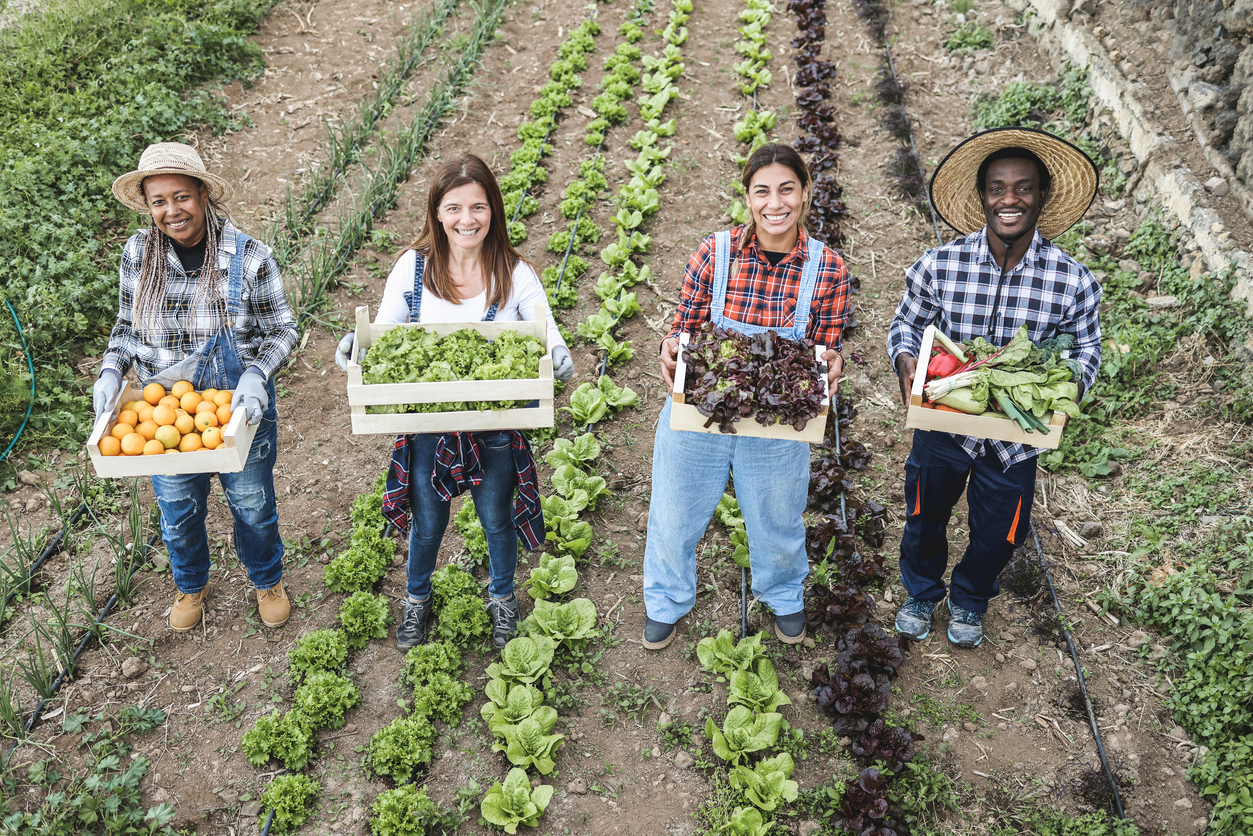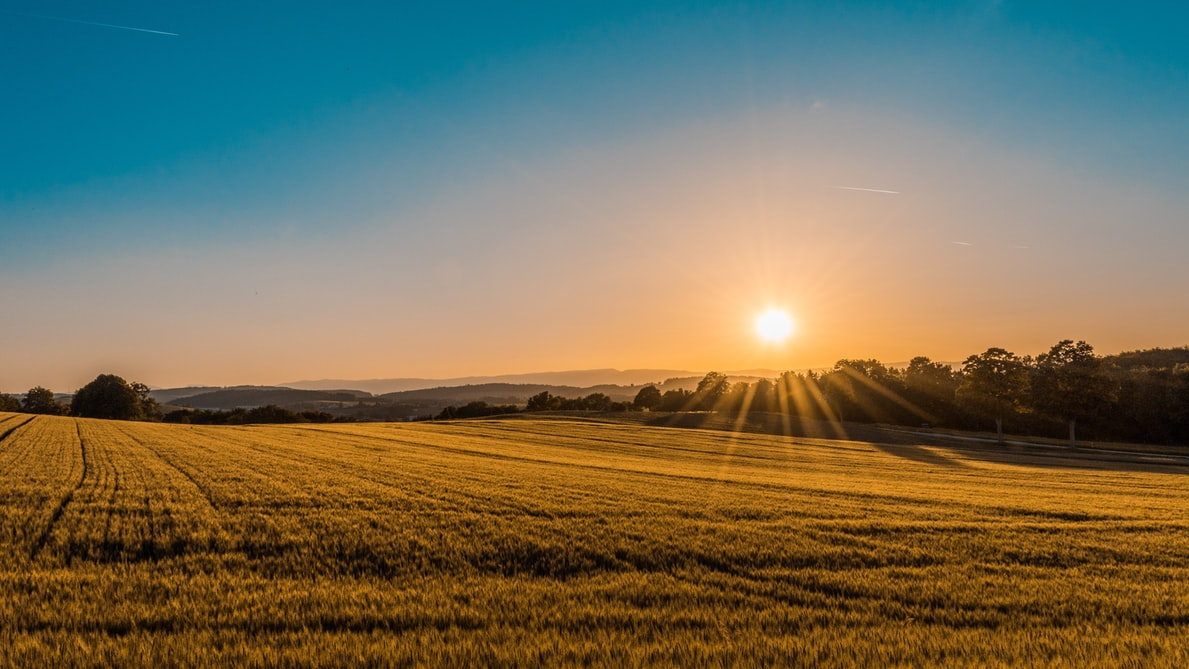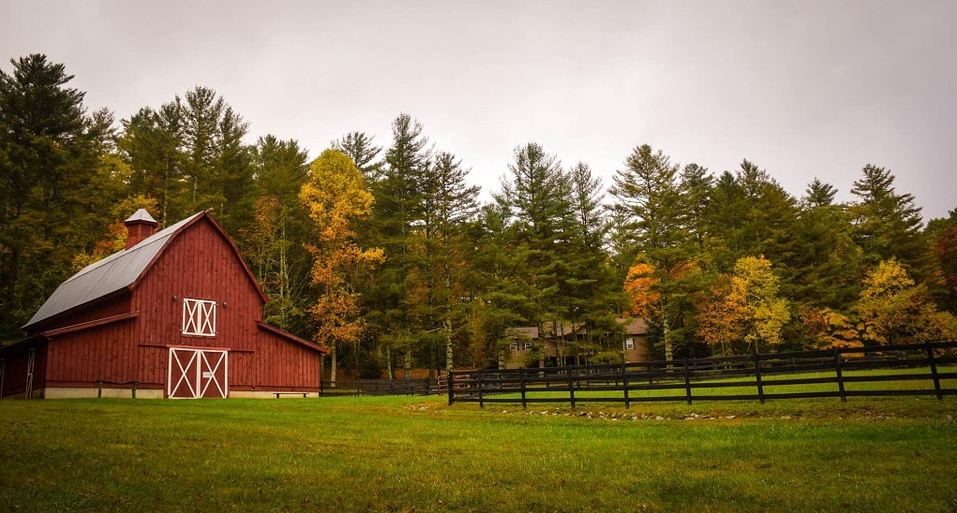Houston Beyond the City: Rural Markets and Farm Finds

You'll find Houston's expansion reshaping the rural landscape around it at a remarkable pace. As farmland values surge near the city limits, both challenges and opportunities emerge for landowners and potential investors. Whether you're considering a recreational property, working farm, or development parcel, the transformation of these rural spaces presents intriguing possibilities. What's driving this evolution, and how might you position yourself to benefit from these changing market dynamics in Houston’s rural periphery?
The Current State of Houston's Rural Land Market
While the Texas rural land market shows signs of stabilization after recent volatility, sales volume declined modestly year-over-year in early 2025. Despite fewer transactions, larger acreage tracts have increased both total acres and dollar volume sold, indicating stronger demand for substantial properties. This trend aligns with the more cautious approach buyers are taking throughout Texas. Residential development impacts are transforming Houston's rural periphery, with about 3.7 million acres of working lands converted to non-agricultural uses over 25 years. This conversion pressure has sparked private conservation initiatives as landowners seek to preserve agricultural heritage amid development pressures. Though interest rates and economic uncertainty have made buyers more cautious, quality rural properties still command premium prices. Statewide per-acre prices were around $4,827 in Q1 2025—roughly 3% above mid-2024 levels.Price Trends in Gulf Coast-Brazos Bottom Region
View this post on Instagram
Even as most Texas land markets show signs of cooling, the Gulf Coast–Brazos Bottom region has been a standout with record per-acre highs near $10,000 in late 2024, and prices remained elevated into 2025. You'll find smaller parcels under 15 acres commanding premium prices, especially in areas with favorable land development regulations. This trend reflects growing demand for rural retreats near Houston. The current interest-rate environment has become a key factor limiting affordability compared to the 2019–2021 period. While some buyers seek properties with conservation easements to preserve natural features, others focus on mixed-use opportunities. High-demand areas include Bedias, Liberty/Dayton, and El Campo, where limited inventory continues to support firm pricing compared with softer trends in some South Texas and Hill Country submarkets.
Urban Sprawl Effects on Surrounding Farmland Values
As Houston's urban boundaries steadily expand outward, surrounding farmland values have experienced shifts that transcend traditional agricultural economics. You'll notice property prices climbing near the city's edge, where agricultural land is rapidly converted for residential and commercial use. This transformation fragments once-contiguous farm operations, creating challenges for working farmers and opportunities for sellers. Aging farm owners often find developers offering prices far exceeding agricultural returns, particularly for parcels with recreational appeal or development potential. Infrastructure improvements like expanded roadways and utility extensions enhance accessibility and increase the desirability of these rural properties. While farmland conservation initiatives attempt to preserve agricultural functionality, the absence of strong urban growth boundary policies means Houston's sprawl continues relatively unchecked. The result? A noticeable price premium for farmland in the urban-rural interface compared to similar land farther from metropolitan influences.
Agricultural Revenue Growth and Land Investment Potential
Beyond the changing landscape of urban-rural boundaries, agricultural revenue patterns reveal investment opportunities in Texas farmland. While crop receipts were expected to soften in 2025, U.S. net farm income is forecast to rise to about $179.8 billion, creating an intriguing contrast for investors. You'll find diversification opportunities in the livestock sector, which drives much of the improvement. Meanwhile, early-2025 rural land data showed total dollar volume and acres sold up versus a year earlier, underscoring market resilience even as buyers grow selective. Consider exploring risk-management tools like crop insurance, especially when production swings are likely; pairing operational planning with land purchases can support returns in variable weather and price environments.
Mortgage Rate Impacts on Rural Property Purchases
View this post on Instagram
The mortgage landscape has reshaped rural purchasing power in Texas. As of fall 2025, average 30-year fixed rates hovered in the mid-6% range, improving from peaks earlier in the cycle but still above pre-2022 levels. USDA loans cater to rural homebuyers by allowing 100% financing in eligible areas, but they do include a 1.0% upfront guarantee fee (often financed) and a 0.35% annual fee rather than traditional PMI. FHA and conventional rates move with the market; exact quotes vary by credit, down payment, and timing. Conventional loans remain the go-to for investment properties, while USDA loans are for primary residences in eligible zones.
Recreational vs. Commercial Land: Market Distinctions
Looking beyond mortgage considerations, Texas land markets create two distinct investment opportunities with different characteristics. While commercial properties near Houston command premium prices due to favorable locations for business activity, recreational parcels offer long-term value tied to natural amenities. You'll find recreational pricing reflecting qualities like water access and wildlife habitat, often benefiting from conservation efforts that preserve these features. Commercial investments, however, respond directly to economic cycles and infrastructure development. Market patterns show that small rural tracts typically sell at higher prices per acre than larger parcels, reflecting different buyer pools and use cases. When considering risk, recreational properties often provide steadier long-run appreciation than commercial land, which faces greater cyclical volatility.
Small Farm Opportunities Within 100 Miles of Houston
Houston's proximity has created a thriving small-farm market with opportunities for both hobby enthusiasts and serious agriculturists. Recent listings frequently approach seven figures, with options ranging from compact multi-acre vegetable operations to larger estates. These properties showcase diverse production methods—hydroponic greens, heritage livestock breeding, and chemical-free cultivation of fruits and vegetables. Many operations emphasize sustainable practices. Average tract sizes in active listings commonly range in the tens of acres, and investments can yield supplemental income through farmers markets, CSA programs, and direct sales. Community-oriented models like agritourism, educational experiences, and pick-your-own produce add revenue while connecting urban residents with rural life.
Transportation Infrastructure and Rural Land Accessibility
While traversing Texas's expansive countryside, you'll find transportation infrastructure plays a pivotal role in rural land accessibility and value. TxDOT has substantially increased rural transportation investment since 2015, with allocations exceeding $18 billion by 2024—an ~800% rise that improves access to previously hard-to-reach properties around Houston. Rural networks are vital for moving food, fuel, and fiber from agricultural regions to urban centers, though long-term maintenance needs remain significant. Four key rural corridors continue upgrades toward four-lane divided standards, including segments of US-59 (future I-69) from Laredo to Houston, and rural transit investments are inching up even as options remain limited compared to urban areas.
Remote Work Revolution's Effect on Rural Houston Demand
The remote-work shift since 2020 has opened new pathways to rural living near Houston, boosting demand for properties within a practical driving radius. While a meaningful share of Houston’s workforce now works remotely, office attendance remains comparatively resilient, suggesting a hybrid model that supports weekend retreats and part-time rural living as much as full relocations. These dynamics bring higher-earning households into the rural buyer pool, with preferences for space and amenities that fit work-from-anywhere lifestyles.
Future Outlook for Houston's Peripheral Land Markets
As hybrid work patterns persist, peripheral land markets present compelling opportunities into 2026. You'll find these outlying areas benefiting from I-45 and other corridor improvements and from METRO transit expansions in greater Houston, while targeted local incentives in previously overlooked communities are creating new value pockets. Build-to-rent neighborhoods in Fulshear, Magnolia, and Rosenberg can offer competitive cap rates by Sun Belt standards, and industrial/logistics assets near Baytown and North Houston continue to perform with vacancy generally around the mid-6% to 7% range—well above the sub-4% levels of the last cycle but still healthy for expansion.



